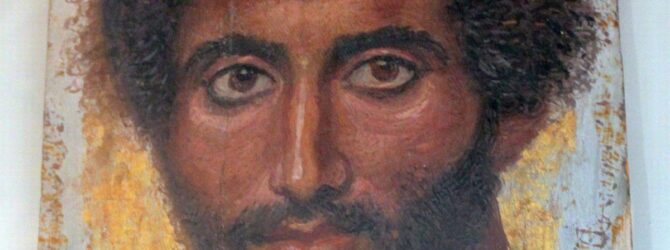
He takes his seat in the temple of God
]Luke 19,37 [] 2 Thes 2,4 hO ANTIKEIMENOS KAI hUPERAIROMENOS EPI PANTA LEGOMENONQEON H SEBASMA, hWSTE AUTON EIS TON NAON TOU QEOUKAQISAI APODEIKNUNTA hEAUTON hOTI ESTIN QEOSI read a diagram of this sentence from a site by Dr.Decker and if I understand him right, he hasAPODEIKNUNTA directly modifying NAON. Is there anotherway of syntactically arranging APODEIKNUNTA? Seems tome it goes with AUTON.Could APODEIKNUNTA be attendent circumstanceparticiple with AUTON-KAQISAI (he takes a seat in thetemple of God…(and) displays himself as God)?
[] 2 Thes 2,4 [] teaching Greek using moodle? At 7:42 PM -0700 5/7/04, Eddie Mishoe wrote:>hO ANTIKEIMENOS KAI hUPERAIROMENOS EPI PANTA LEGOMENON>QEON H SEBASMA, hWSTE AUTON EIS TON NAON TOU QEOU>KAQISAI APODEIKNUNTA hEAUTON hOTI ESTIN QEOS> > >I read a diagram of this sentence from a site by Dr.>Decker and if I understand him right, he has>APODEIKNUNTA directly modifying NAON. Is there another>way of syntactically arranging APODEIKNUNTA? Seems to>me it goes with AUTON.I must admit that I don’t understand how it could construe with NAON; itagrees with AUTON.>Could APODEIKNUNTA be attendent circumstance>participle with AUTON-KAQISAI (he takes a seat in the>temple of God…(and) displays himself as God)?Yes, and there’s an element of consequence or result here, so that you cantranslate the construction into English as:” … so that he takes his seat in the temple of God and (thereby)showsthat he is God …”or” … so that he takes his seat in the temple of god, thereby showingthat he is God …”
Facebook Comments
